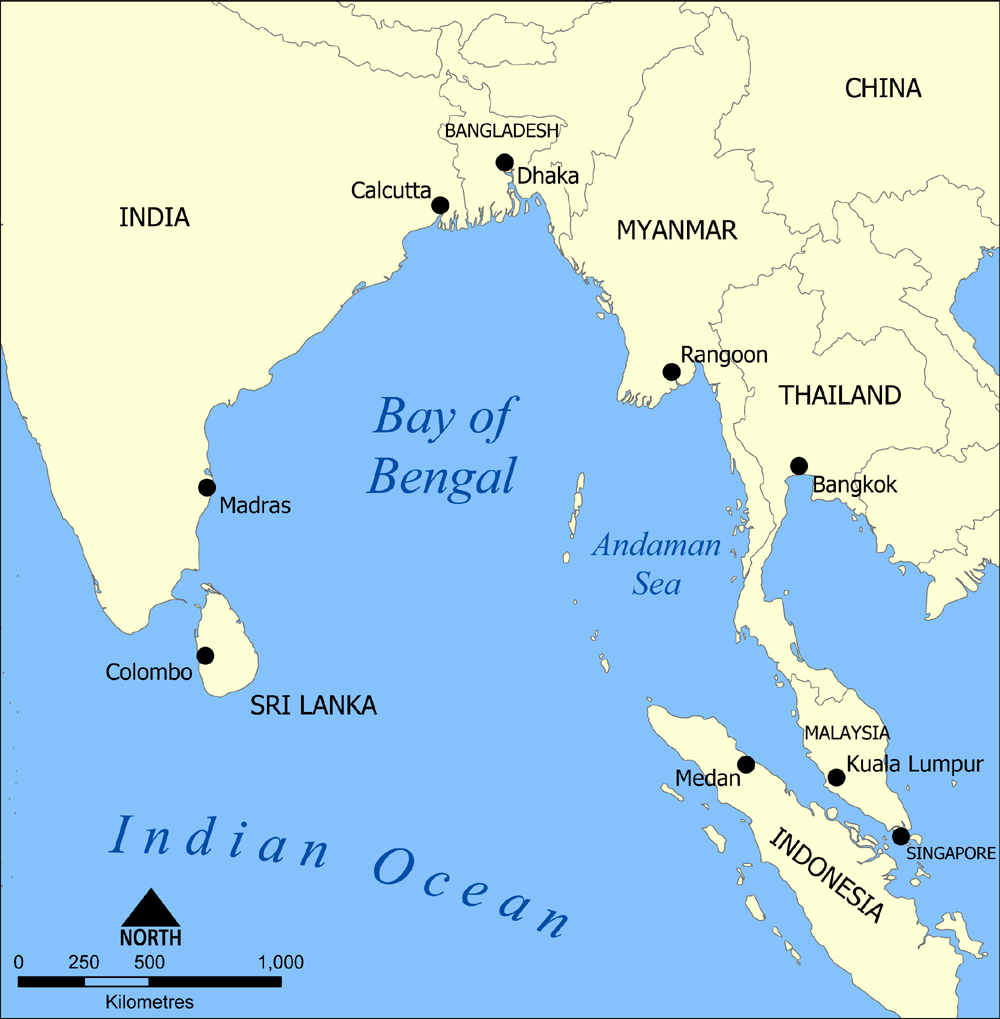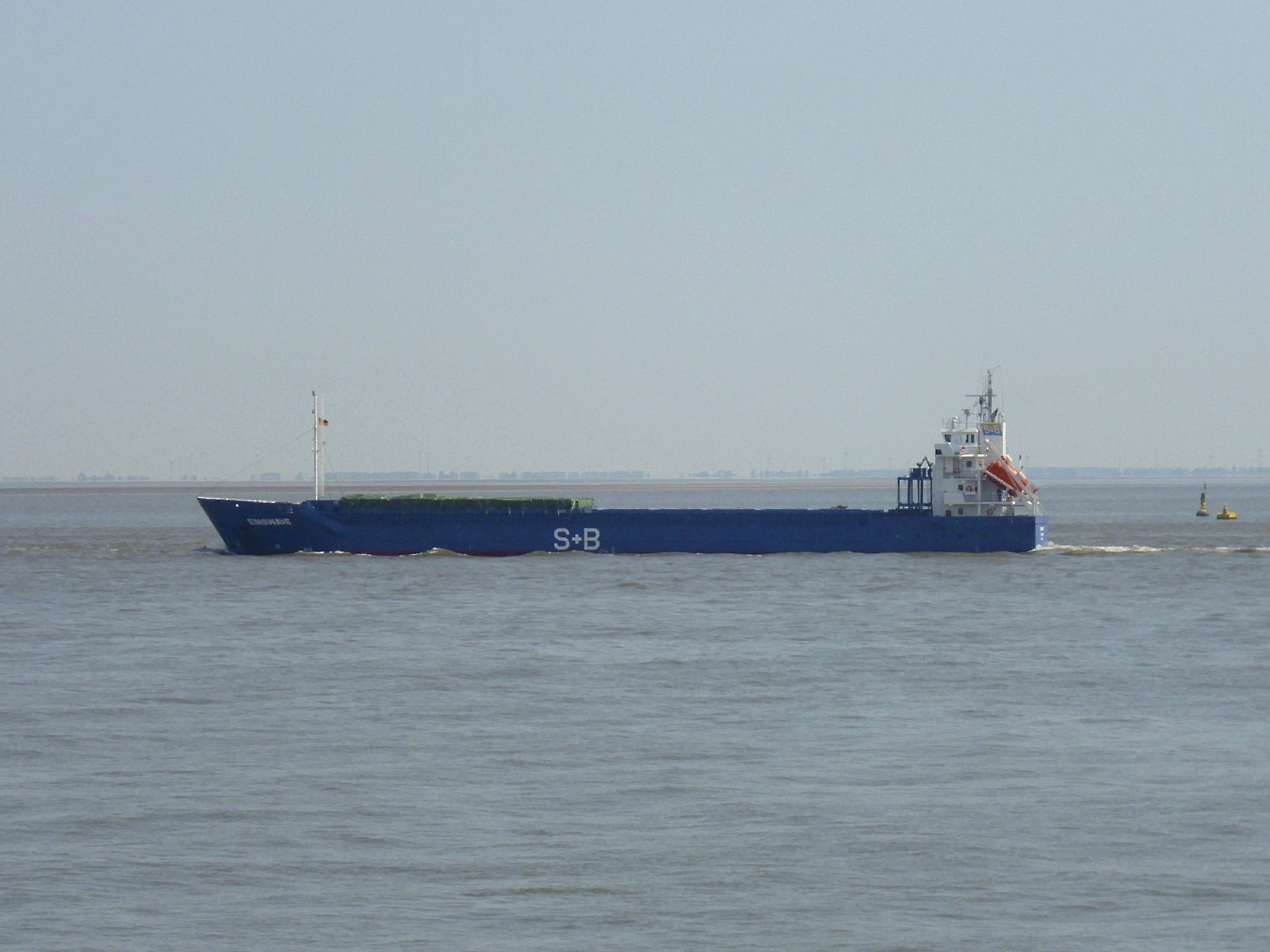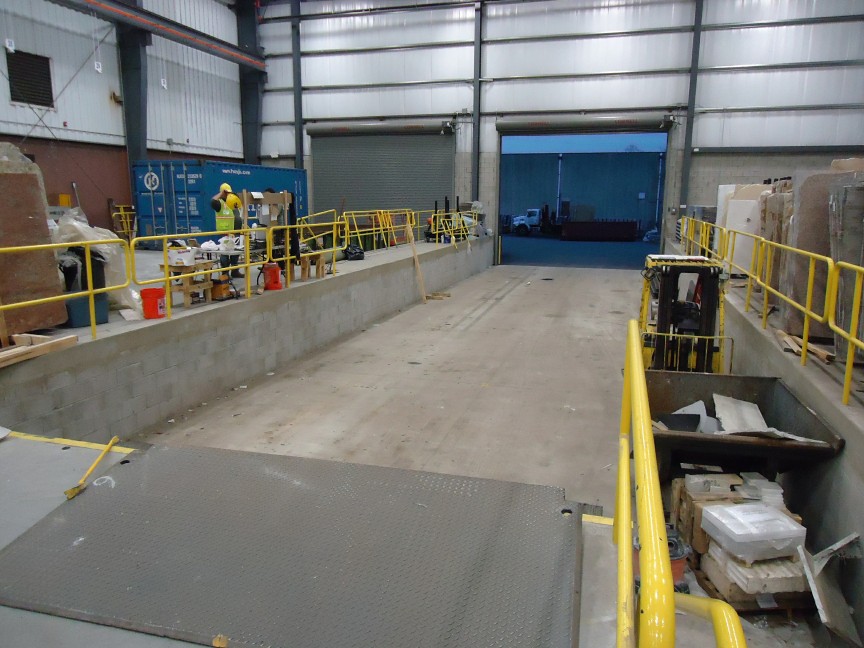|
Port Of Narayanganj
The Port of Narayanganj is a river port in Narayanganj, Bangladesh. It is one of the oldest and busiest river ports in Bangladesh; and one of the major ports of the Bengal delta. The port is located on the Shitalakshya River. The port area is home to numerous industries. History The port formally began operations in 1862. Narayanganj was the principal gateway to Dacca during British Raj, British rule. The port had shipping links with the major ports of Bengal Presidency, Bengal, Colonial Assam, Assam and British Burma, Burma, including Port of Dhaka, Dacca, Port of Kolkata, Calcutta, Port of Chittagong, Chittagong, Sittwe Port, Akyab, Rangoon, Cachar and Sylhet. It became a center of trade in jute, timber, salt, textiles, oil, cotton, tobacco, pottery, seeds and betel nut. The British government declared it as a "Tax Free Port" in 1879. Rally Brothers & Co. was the first company to begin the jute business in the port of Narayanganj. Numerous British companies set up trading posts ... [...More Info...] [...Related Items...] OR: [Wikipedia] [Google] [Baidu] |
Shitalakshya River
Shitalakshya River ( bn, শীতলক্ষ্যা নদী pronounced: ''Shitalokkha Nodi'') (also known as Lakshymā River) is a distributary of the Brahmaputra. A portion of its upper course is known as Banar River or Banor River. In the Shitalakshya's initial stages, it flows in a southwest direction and then east of the city of Narayanganj in central Bangladesh until it merges with the Dhaleswari near Kalagachhiya. The river is about long and at it widest, near Narayanganj, it is across. Its flow, measured at Demra, has reached . It remains navigable year round. The river flows through Gazipur district forming its border with Narsingdi for some distance and then through Narayanganj District. The river's maximum depth is and average depth is . Course The Shitalakhya branches off the Old Brahmaputra and flows through the eastern part of Dhaka District almost parallel to the Old Brahmaputra. It passes by Narayanganj and joins the Dhaleshwari River. In Van den Brouck ... [...More Info...] [...Related Items...] OR: [Wikipedia] [Google] [Baidu] |
Sittwe Port
Sittwe Port is a deepwater port constructed by India in 2016 at Sittwe, the capital of Rakhine State in Myanmar, on the Bay of Bengal. Situated at the mouth of the Kaladan River, the US$120 Million port is being financed by India as a part of the Kaladan Multi-Modal Transit Transport Project, a collaboration between India and Myanmar. The project is aimed at developing transport infrastructure in Southwestern Myanmar and Northeast India, Northeastern India. History The proposal for the Kaladan Multi-Modal Transit Transport Project was conceived by India, primarily to provide an alternative route to India's landlocked northeastern states. The only access to these seven states is through the Siliguri Corridor, a narrow strip of Indian territory wedged between Nepal and Bangladesh. Routing all cargo destined for the northeast through this corridor causes significant transportation delays and cost overheads. India attempted negotiating with Bangladesh since the 1970s for transit access ... [...More Info...] [...Related Items...] OR: [Wikipedia] [Google] [Baidu] |
Countries Dependent On The Bay Of Bengal
The countries of the Bay of Bengal include littoral and landlocked countries that depend on the bay for maritime usage. Historically, the Bay of Bengal has been a highway of transport, trade and cultural exchange between diverse peoples encompassing South Asia and Southeast Asia. Today, the Bay of Bengal region is the convergence of two major geopolitical blocs- the Association of Southeast Asian Nations (ASEAN) and the South Asian Association for Regional Cooperation (SAARC). The Bay of Bengal Initiative for Multisectoral Technical and Economic Cooperation (BIMSTEC) promotes regional engagement in the area. The Bay of Bengal countries are often categorized into a maritime subregion. The bay hosts vital shipping routes linking its littoral and landlocked hinterland with the Indian Ocean. Its sea bed is being explored and exploited for hydrocarbon reserves. Littoral countries *: The People's Republic of Bangladesh is the eighth-most populous country in the world. It is located at ... [...More Info...] [...Related Items...] OR: [Wikipedia] [Google] [Baidu] |
Shipbuilding In Bangladesh
Bangladesh is a major shipbuilding nation. It has a long history of shipbuilding. The industry has been growth in recent years when locally made ships began to be exported. Bangladesh has now over 200 shipbuilding companies, mostly concentrated in Dhaka, Chittagong, Narayanganj, Barisal and Khulna. Some of the leading shipbuilding companies of Bangladesh include Ananda Shipyard & Slipways Limited, FMC Dockyard Limited, Western Marine Shipyard, Chittagong Dry Dock Limited, Khulna Shipyard and Dockyard and Engineering Works. History Due to the riverine geography of Bangladesh, ships have been playing a major role in the trade affairs of the people of this country since the ancient times. According to the accounts of the 14th century Moroccan traveler Ibn Batuta, there used to be large fleets of warships docked in various ports of the country. A medieval European traveler Caesar Frederick documented that the port city of Chittagong and Sandwip were manufacturing hubs of large ... [...More Info...] [...Related Items...] OR: [Wikipedia] [Google] [Baidu] |
Bangladesh Textile Industry
The textile and clothing industries provide a single source of growth in Bangladesh's rapidly developing economy. Exports of textiles and garments are the principal source of foreign exchange earnings. By 2002 exports of textiles, clothing, and ready-made garments (RMG) accounted for 77% of Bangladesh's total merchandise exports. In 1972, the World Bank approximated the gross domestic product (GDP) of Bangladesh at US$6.29 billion, and it grew to $368 billion by 2021, with $46 billion of that generated by exports, 82% of which was ready-made garments. As of 2016 Bangladesh held the 2nd place in producing garments just after China. Bangladesh is the world's second-largest apparel exporter of western fast fashion brands. Sixty percent of the export contracts of western brands are with European buyers and about thirty percent with American buyers and ten percent to others. Only 5% of textile factories are owned by foreign investors, with most of the production being controlled ... [...More Info...] [...Related Items...] OR: [Wikipedia] [Google] [Baidu] |
Bangladesh Railway
Bangladesh Railway ( bn, বাংলাদেশ রেলওয়ে) is the state-owned rail transport agency of Bangladesh. It operates and maintains all railways in the country, and is overseen by the Directorate General of Bangladesh Railway. The Bangladesh Railway is governed by the Ministry of Railways and the Bangladesh Railway Authority. Its reporting mark is "BR". The Bangladesh Railway system has a total length of In 2009, Bangladesh Railway had 34,168 employees. In 2014, Bangladesh Railway carried 65 million passengers and 2.52 million tonnes of freight. The railway made 8,135 million passenger-kilometres and 677 million tonne-kilometres. History Rail transport in Bangladesh (the then British India) began on 15 November 1862, when 53.11 km of (broad gauge) line was opened between Darshana in Chuadanga District and Jogotee in Kushtia District. On 1 January 1871, extension of Darshana - Jogotee Railway line up to Goalanda by Eastern Bengal Railway. On 4 Ja ... [...More Info...] [...Related Items...] OR: [Wikipedia] [Google] [Baidu] |
Warehouse
A warehouse is a building for storing goods. Warehouses are used by manufacturers, importers, exporters, wholesalers, transport businesses, customs, etc. They are usually large plain buildings in industrial parks on the outskirts of cities, towns, or villages. Warehouses usually have loading docks to load and unload goods from trucks. Sometimes warehouses are designed for the loading and unloading of goods directly from railways, airports, or seaports. They often have cranes and forklifts for moving goods, which are usually placed on ISO standard pallets and then loaded into pallet racks. Stored goods can include any raw materials, packing materials, spare parts, components, or finished goods associated with agriculture, manufacturing, and production. In India and Hong Kong, a warehouse may be referred to as a "godown". There are also godowns in the Shanghai Bund. History Prehistory and ancient history A warehouse can be defined functionally as a building in whic ... [...More Info...] [...Related Items...] OR: [Wikipedia] [Google] [Baidu] |
Kamal Hossain
Kamal Hossain (born 20 April 1937) is a founding leader, lawyer and politician of Bangladesh. He is known as the "father of the Bangladeshi constitution" and regarded as an icon of secular democracy in the Indian subcontinent. Hossain currently heads his own law firm in Dhaka, serves as president of the Gano Forum political party, and advocates for democratic reform. His autobiography ''Bangladesh: Quest for Freedom and Justice'' is an important book on Bangladeshi history, particularly regarding the creation of Bangladesh in 1971. Hossain studied in the United States at the University of Notre Dame and in the United Kingdom at the University of Oxford. He was called to the bar of England and Wales in Lincoln's Inn in 1959. Hossain enrolled as an advocate in the High Court of East Pakistan. He worked as a junior lawyer with the famous lawyer and statesman Huseyn Shaheed Suhrawardy, who was the last Prime Minister of Bengal and fifth Prime Minister of Pakistan. His early commerc ... [...More Info...] [...Related Items...] OR: [Wikipedia] [Google] [Baidu] |
King Bhumibol
Bhumibol Adulyadej ( th, ภูมิพลอดุลยเดช; ; ; (Sanskrit: ''bhūmi·bala atulya·teja'' - "might of the land, unparalleled brilliance"); 5 December 192713 October 2016), conferred with the title King Bhumibol the Great in 1987 (officially conferred by King Vajiralongkorn in 2019), was the ninth monarch of Thailand from the Chakri dynasty, titled Rama IX. Reigning since 9 June 1946, he was the world's longest-reigning current head of state from the death of Emperor Hirohito of Japan in 1989 until his own death in 2016, and is the third-longest verified reigning sovereign monarch in world history after King Louis XIV and Queen Elizabeth II, reigning for 70 years and 126 days. During his reign, he was served by a total of 30 prime ministers beginning with Pridi Banomyong and ending with Prayut Chan-o-cha. ''Forbes'' estimated Bhumibol's fortune – including property and investments managed by the Crown Property Bureau, a body that is neither private nor ... [...More Info...] [...Related Items...] OR: [Wikipedia] [Google] [Baidu] |
Akihito
is a member of the Imperial House of Japan who reigned as the 125th emperor of Japan from 7 January 1989 until his abdication on 30 April 2019. He presided over the Heisei era, ''Heisei'' being an expression of achieving peace worldwide. Born in the Empire of Japan in 1933, Akihito is the first son of Emperor Shōwa and Empress Kōjun. During the Second World War, he moved out of Tokyo with his classmates, and remained in Nikkō until 1945. In 1952, his Coming-of-Age ceremony and investiture as crown prince were held, and he began to undertake official duties in his capacity as crown prince. The next year, he made his first journey overseas and represented Japan at the coronation of Queen Elizabeth II of the United Kingdom. He completed his university education in 1956. In 1959, he married Michiko Shōda, a Catholic; it was the first imperial wedding to be televised in Japan, drawing about 15 million viewers. The couple have three children: Naruhito, Fumihito, and Sayako. ... [...More Info...] [...Related Items...] OR: [Wikipedia] [Google] [Baidu] |
Queen Elizabeth II
Elizabeth II (Elizabeth Alexandra Mary; 21 April 1926 – 8 September 2022) was Queen of the United Kingdom and other Commonwealth realms from 6 February 1952 until Death and state funeral of Elizabeth II, her death in 2022. She was queen regnant of List of sovereign states headed by Elizabeth II, 32 sovereign states during her lifetime, and was head of state of 15 realms at the time of her death. Her reign of 70 years and 214 days was the List of monarchs in Britain by length of reign, longest of any British monarch and the List of longest-reigning monarchs, longest verified reign of any female monarch in history. Elizabeth was born in Mayfair, London, as the first child of the Duke and Duchess of York (later King George VI and Queen Elizabeth The Queen Mother). Her father acceded to the throne in 1936 upon Abdication of Edward VIII, the abdication of his brother Edward VIII, making the ten-year-old Princess Elizabeth the heir presumptive. She was educated privat ... [...More Info...] [...Related Items...] OR: [Wikipedia] [Google] [Baidu] |
Adamjee Jute Mills
Adamjee Jute Mill was a jute mill in Bangladesh. It was established in Narayanganj in 1950 by the Adamjee Group. It was the second jute mill in East Pakistan (present day Bangladesh) after Bawa Jute Mill which was first Jute Mill in East Pakistan (Present day Bangladesh). Gradually, the mill became the largest jute mill in the world, exceeding the jute mills of Calcutta (now Kolkata), India, and Dundee, Scotland. The mills were nationalised after the independence of Bangladesh in 1972. It was operated by the Bangladesh Jute Mills Corporation before being closed down in 2002. History Adamjee Jute Mills was set up by Abdul Wahid Adamjee, Pakistan's foremost industrialist, and scion of the wealthiest family in the country. Initially, the said project was a partnership between the Adamjees and the PICIC (the government's industrial arm). The Adamjee family, however, soon took control of the project, and eventually built it into the largest jute mill in the world. In 1947 when India ... [...More Info...] [...Related Items...] OR: [Wikipedia] [Google] [Baidu] |







(Gerald_Ford_Library)_(cropped).jpg)

